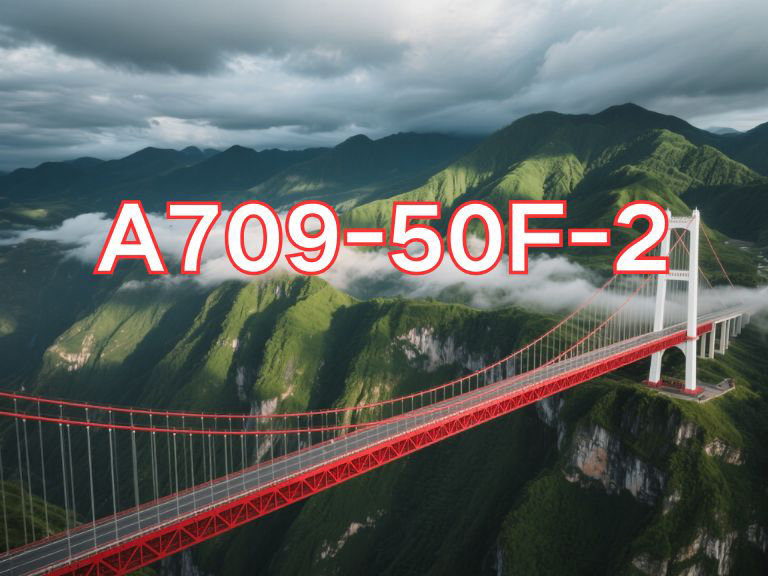

Q690q
Q690q is a high-strength low-alloy structural steel primarily used in the construction of large-span, heavy-load bridge structures, especially key load-bearing components in modern highway, railway, and combined road-rail bridges. The designation "Q" stands for "yield strength" (from the first letter of the Chinese pinyin "Qu"), "690" indicates a minimum yield strength of 690 MPa when the thickness is no more than 50 mm, and the suffix "q" stands for "qiao" (Chinese for "bridge"), specifically identifying it as bridge steel, distinguishing it from high-strength steels used for other purposes.
Q690q steel plate features high strength, excellent weldability, superior low-temperature toughness, and strong fatigue resistance, ensuring structural stability under harsh conditions. Thanks to its high strength, Q690q significantly reduces the weight of bridge structures, allows for smaller cross-sectional dimensions, enables longer spans, and lowers construction difficulty and overall costs. Additionally, the steel offers good corrosion resistance and resistance to lamellar tearing, making it suitable for use in cold regions or high-stress areas, ensuring long-term safety and reliability of bridges.
Currently, Q690q steel plates are governed by the Chinese national standard GB/T 714-2019, High-Strength Steels for Structural Use. This standard was released and implemented in 2019, replacing the previous version GB/T 714-2008. It imposes stricter requirements on chemical composition, mechanical properties, impact toughness (longitudinal impact test required at -40 °C), weldability, and through-thickness properties. The standard also strictly controls the carbon equivalent to ensure weldability and applies to steel plates with thicknesses typically ranging from 6 mm to 100 mm.
Q690q is widely used in critical components of major projects such as large suspension bridges, cable-stayed bridges, and high-speed railway bridges, including main girders, cable anchor zones, and truss joints. With the rapid development of infrastructure construction in China—especially the increasing number of cross-river and cross-sea bridges—Q690q, as a representative of high-performance bridge steel, is playing an increasingly important role in advancing bridge structures toward lightweight, long service life, and high safety standards.

Ultrasonic Testing (UT)
A key non-destructive testing technique that uses high-frequency sound waves to detect internal flaws in steel plates. The probe emits sound waves, which reflect when encountering defects such as cracks or inclusions. The receiver captures the echoes, enabling precise determination of defect location and size. With high sensitivity, strong penetration, and fast inspection speed, UT effectively ensures internal quality, widely used in the production of heavy plates, pressure vessel plates, and other high-end products to guarantee safety and reliability.

Magnetic Particle Testing (MT)
A common surface inspection method that magnetizes the workpiece, causing leakage magnetic fields at surface or near-surface defects like cracks or inclusions, which attract magnetic particles to form visible indications. Simple to operate and highly sensitive, MT is suitable for rapid inspection of surface and near-surface flaws in ferromagnetic materials, widely used for online or offline inspection of plate edges, ends, and welds, ensuring product quality and safety.

Penetrant Testing (PT)
A non-destructive method for detecting surface-breaking flaws. A penetrant liquid is applied to the cleaned steel surface, allowing it to seep into defects such as cracks or pores. After removing excess penetrant, a developer is applied, causing the trapped penetrant to bleed out and form visible indications. Simple and cost-effective, PT is suitable for inspecting surface defects in various non-porous materials, commonly used for welds, castings, and complex components, effectively ensuring surface quality of steel plates.











